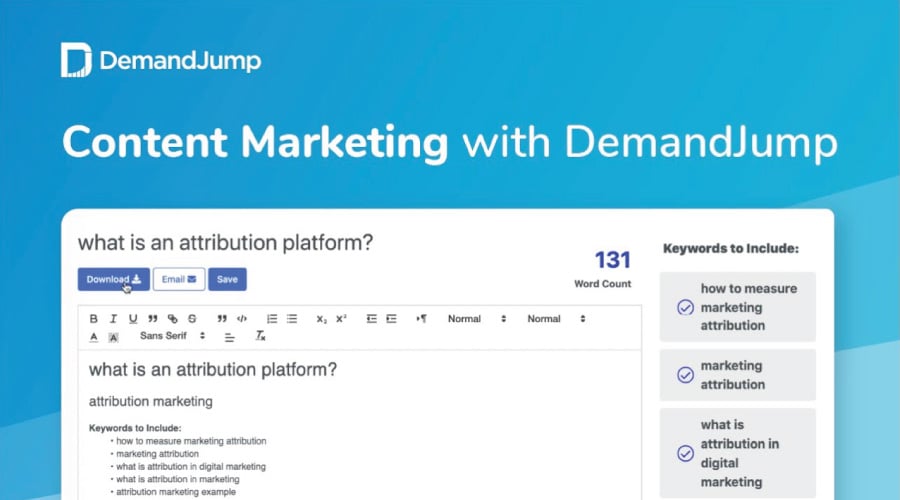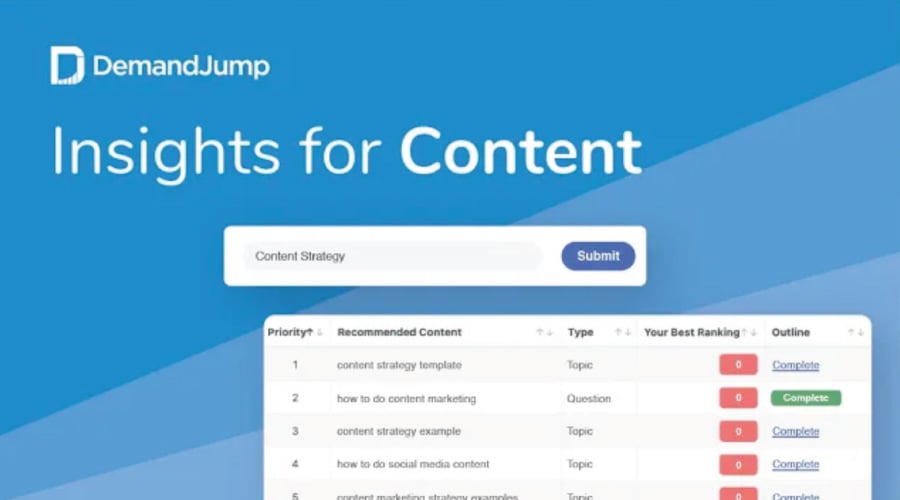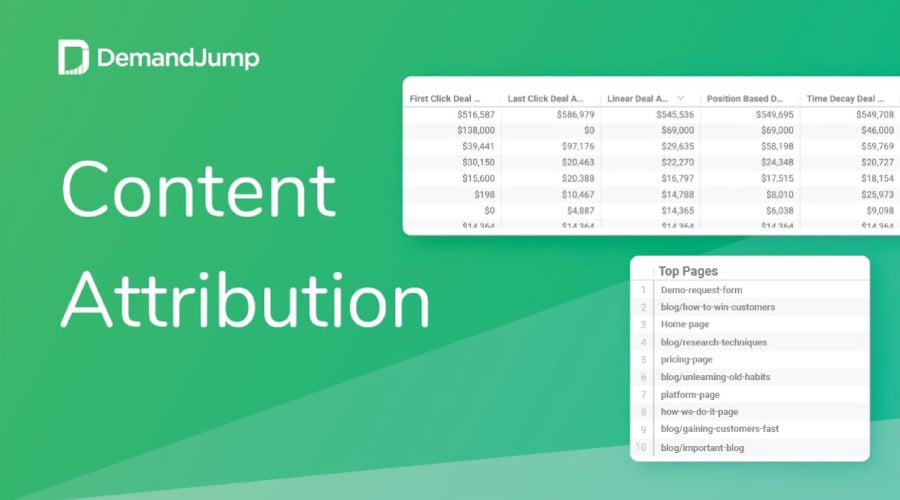Small businesses can have a hard time with visibility online. Trying to lock in traffic is difficult when you’re unsure of the right approach. Using an SEO pillar strategy can help your business reach a more extensive customer base and drive more traffic to your website. Content pillar SEO is built around knowing what people are searching for and how they’re searching for it. With that information, you’ll be able to create content that is the authority in your field. Building up your content online will help your small business succeed! But what do content pillars look like for small businesses, and are they worth it?
Why Are Content Pillars Important for Small Businesses?
Did you know only 10% of active websites get traffic from Google? This means 90% of websites get zero traffic and are unseen by anyone, even the target customers.

Think about this: your competition consistently ranks on the first page on Google when customers search specific questions or keywords relating to your product or service. How do you ensure that they reach your page the next time they search a question instead? Using a content pillar strategy will drive traffic by creating a content cluster to show search engines you are the top authority in your field. Content pillars are built on:
- High ranking keywords and phrases: Customers search very specific things online and might phrase them differently than you’d think. With a lot of time and research, you’ll be able to understand which keywords are common search results for your target audience and used amongst your competitors. After that, it’s all about producing the content. A content pillar takes this information and helps you take advantage of SEO using those keywords. However, it’s hard to know exactly how customers phrase it or which keywords rank on your competitors’ websites.
- Authority: Using a content pillar will make your website the go-to for your product or service information. By building up content, you’ll answer all of your audience's questions. With more answers come more SEO hits and, therefore, more traffic to your site. By interlinking your content, Google will see you are the authority and drive your website higher up the page rankings.
- Site structure: Speaking of interlinking content, making sure your site structure is built for SEO will tell Google to put all of your content together. The more content you have linked, the stronger your search rankings. Having multiple pages in layers using the content pillar strategy will ensure your content is seen as a whole, building up keywords and authority as one large group.
Ultimately, your goal should be to bring in as many potential customers as possible by bolstering your website content. This is where DemandJump comes in. Our platform gives you the tools to see what customers are searching for and how they’re searching for it. This cuts down the time it takes to deep-dive into your competitors’ sites and allows you to focus on creating content that contains what your audience wants and needs. We help you build content pillars from the ground up to ensure you’re writing the best content for your business. We’ve talked a lot about content pillar strategies already, but let’s explain content pillars meaning a bit further.
What Is a Content Pillar?
A content pillar is built using a pillar page, sub-pillars, and supporting blogs. Imagine a pyramid, where each layer supports the one above it. The base would be blogs, the middle would be sub-pillars, and the top would be a pillar. By building these layers on top of each other, we get a solid, long-lasting structure of content that generates interest from your target audience. Each of these content pieces discusses the exact high-ranking keywords and phrases your customers are searching for on Google.

All of this content is propped up by research and knowledge. You can’t be an authority on a subject without the correct information. Researching not only gives you authority, but it also provides your customers with the most up-to-date information, so you can ensure you are a trusted source. By building your content with content pillars marketing and SEO keywords and phrases, your site can be boosted to page one! So what are the 3 components of content strategy? Pillar pages, sub-pillar pages, and supporting blogs.
What Is a Pillar Page?
A pillar page is a comprehensive, approximately 3,000-word piece of content that is the authority on any given subject. They stem from a general topic and answer, in detail, major ideas that can be tied to the topic. It is important to keep pillar pages up-to-date so it remains relevant. You don’t want your customers to find outdated information and drop your rankings on search engines. The main thing pillar pages do is build up your credibility by providing the most comprehensive and engaging information about a topic for your customers.
What Is a Sub-pillar Page?
You’re reading a sub-pillar now! A sub-pillar identifies some of the ideas on the pillar and provides a detailed explanation of those topics. In 1,500 - 2,000 words, you’ll be able to further discuss a few subjects related to the pillar topic in-depth.
What Is a Supporting Blog?
A blog is a supporting piece of content that’s written in 750 words. Based on keyword searches, blogs should answer very specific questions that your audience is asking. Because blogs are the smallest piece of content within a content pillar strategy, they need to connect to the pillar and sub-pillar through hyperlinks. This ensures that the content is united, which helps Google determine you’re the best source for information regarding your topic.
By building your own content pillar template, you will be able to reach page one and get traffic to your site. This means more eyes will come across your product or service, bolstering your small business’s online presence. DemandJump helps you build a content pillar by providing insights on any given topic, showing you pillar page, sub-pillar, and blog ideas that match keywords that customers are searching for online.
How To Create Content Pillars
Now that we’ve discussed what a content pillar is, how do you put together all of the pieces?
- Topic: Before you can begin writing, you need to select the topic you will write about. A pillar topic should be broad enough to write a comprehensive piece of content that contains detailed information. A sub-pillar should be more focused on one of those topics, adding detail and information. A blog should answer a specific question relating to the topic.
- Keywords or phrases: As we discussed earlier, keywords are monumental when it comes to SEO. Building your content around keywords and questions will help Google look at your content as a leading source of information.
- Structure: The structure within your pages is important, like using Header 2s for sections in your content. Search engines prioritize h2s, and it impacts SEO rankings.
- Connect: It’s also important to structure your pages with hyperlinks to connect all of your content together. The content builds off one another, and Google sees it as one large piece of information. Linking your pillar and sub-pillar pages at the beginning of your pieces will prioritize them in SEO and for your readers.
- Revise: Editing your content allows you to make sure your pieces are easy to read and accessible for all readers. Not only that, but it makes sure there are no errors within the text that distract readers or make them decide you’re not a trustworthy source of information. Having another person proofread your content will help with this.
Using this process, you will be able to create a content pillar that is comprehensive and informative. After all of this, you might want an example. Well, you’re in luck! We’ve provided one below.
What Are Content Pillars Examples?
Let’s put together all of the pieces with a pillar page example to build our content pillar:
Imagine a company called Two Cats Café that provides coffee, tea, and other coffee shop goods, with the added bonus of two cats that visit with customers while they chat with friends or work on their computers. Two Cats wants to reach page one on all things coffee and tea-related online. To start, they chose a pillar page topic based on the history of coffee. Using DemandJump, Two Cats can find specific keywords and questions their target audience is searching for and implement them into their content. This pillar page details the “History of coffee timeline.”
Next, we have a sub-pillar page:
After Two Cats Café completes their pillar page, they’ll need to write a sub-pillar. These sub-pillars will focus on an aspect of the pillar that will further explain the topic of the history of coffee in the world. A few examples of sub-pillars would be “coffee history facts” and “coffee in American culture.” As you can see, these topics are a bit more focused, so the sub-pillar can explain them further.
Finally, there’s the blog:
With both the pillar and sub-pillar written, Two Cats writes a few blogs about coffee history facts. The blogs are titled, “Who first invented coffee?” and “What was coffee used for in history?” These questions are very specific and use the exact search terms of customers.
At the end of each piece of content, there is a closing paragraph talking about Two Cats Café and why they should be the customers' choice for all of their coffee and tea needs.
The results:
Two Cats Café sees a dramatic increase in web traffic by following these steps and using keywords throughout. Not only that, but there are new customers walking through the door to try their delicious coffee.
What Should My Content Pillar Be?
Deciding what your content pillars should be is dependent on your business and the customers you’re trying to reach. If your business manufactures windshields, it’s important to consider how windshields protect the occupants and what the process of replacing them looks like. Suppose your business provides online pet supplies in the United States. In that case, you should consider content about dog and cat behaviors and what toys are the best for different animals’ needs—like a toy-filled with peanut butter for nervous lickers. Each topic is specific to your business. However, using the content pillar strategies laid out above, no matter what you write about, you’ll be able to drive traffic to your website. SEO is the key to online marketing success.
DemandJump: Helping Small Businesses Reach Page One
Are you still unsure of where to begin? With DemandJump, building content pillars doesn’t have to be a struggle! Our platform provides your small business with the tools to create content you know will reach customers and drive traffic to your website. By using insights and keyword searches, DemandJump frees you from tedious research and gives you the time you need to write impactful and knowledgeable content. Pack your bags; you’ll be heading toward page one in no time!











